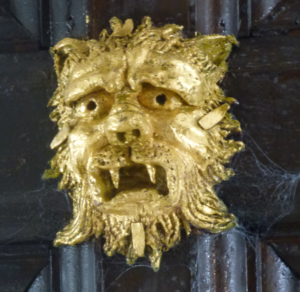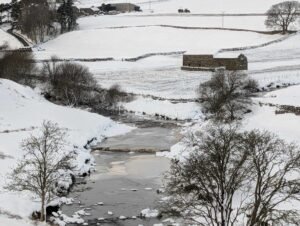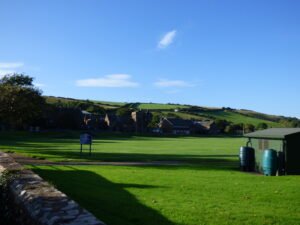Photography is an essential tool in archaeology, not only for documenting finds but also for interpreting and preserving evidence. However, images often require some level of post-processing to enhance clarity, correct lighting issues, or reveal details that may not be immediately visible. Image manipulation software plays a crucial role in this process, allowing archaeologists to adjust images while maintaining the integrity of the data.
Category: Reports
Jan 23
Guide: Landscape Archaeology: The Geology of Thornborough
The Thornborough Henges are located within a distinctive and complex landscape that has been shaped over millennia by a combination of glacial forces, river systems, and post-glacial climatic changes. The landscape of Thornborough is defined by its geological foundations and the dynamic processes that transformed the area long before human presence.
Jan 22
Guide – Landscape Archaeology: The Geological Environment of Britain
The Geological Environment of Britain: The Foundation of Our Landscape The landscape of Britain has been shaped by millions of years of geological processes. From the formation of ancient mountain ranges to the shaping of valleys and river systems, the land we see today is the product of a dynamic and ever-changing history. Understanding the …
Jan 22
Guide – What is Landscape Archaeology?
Landscape archaeology is the study of past human interaction with the natural environment. It focuses on understanding how ancient societies perceived, organized, and shaped the land they inhabited, revealing the relationships between people, their settlements, and the broader landscape in which they lived.












